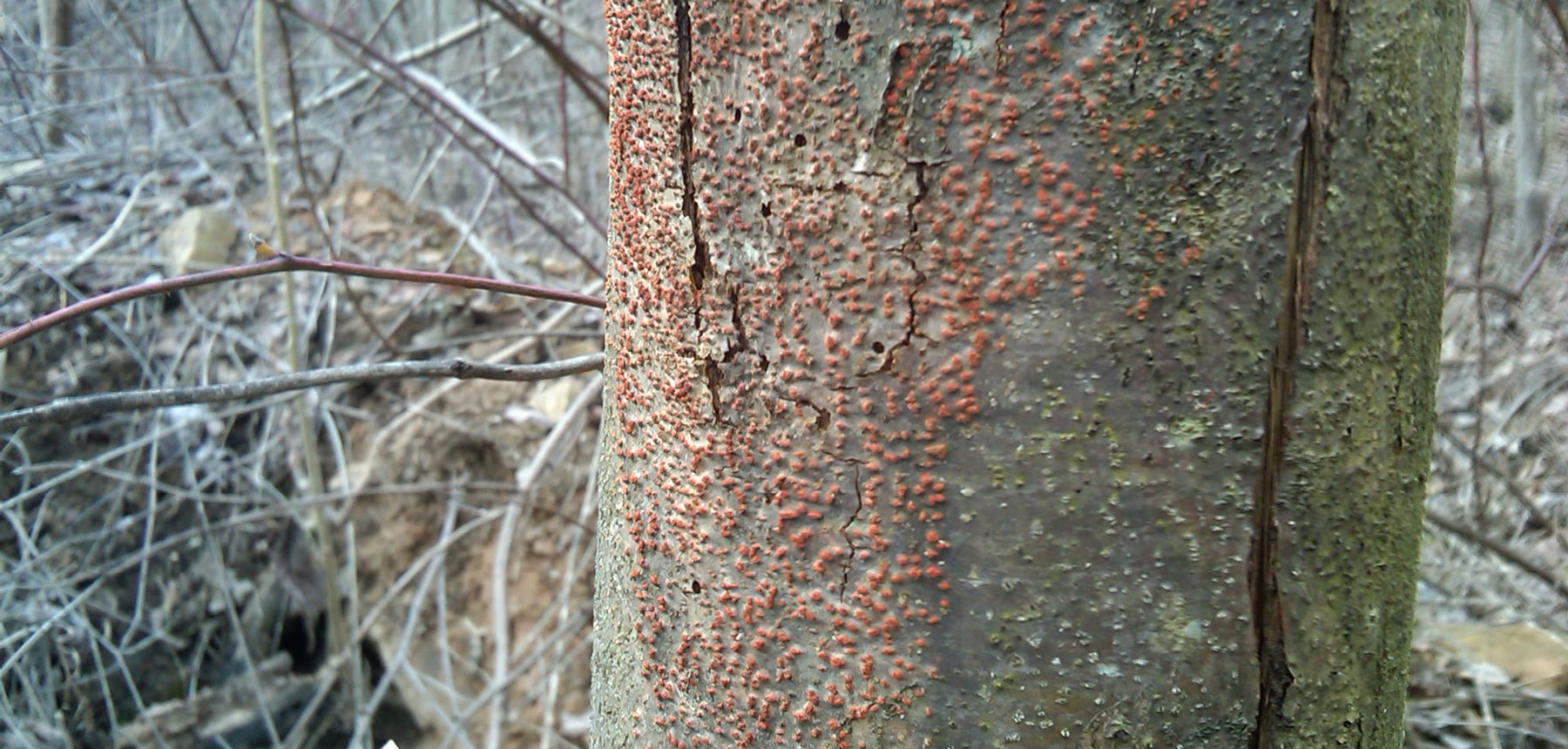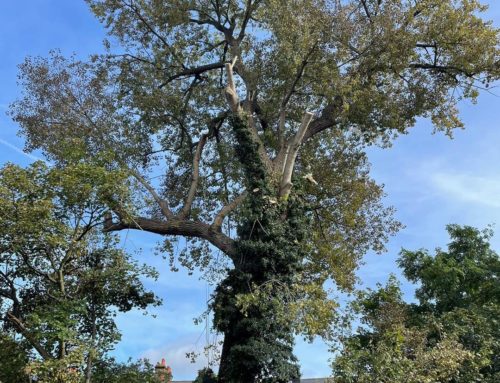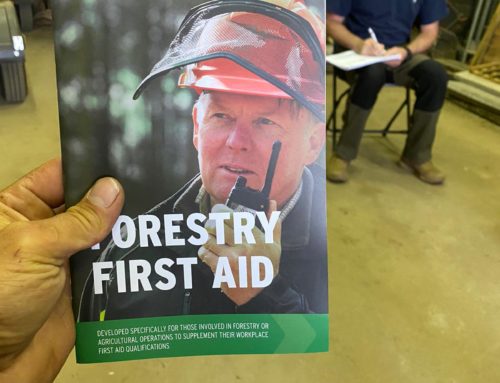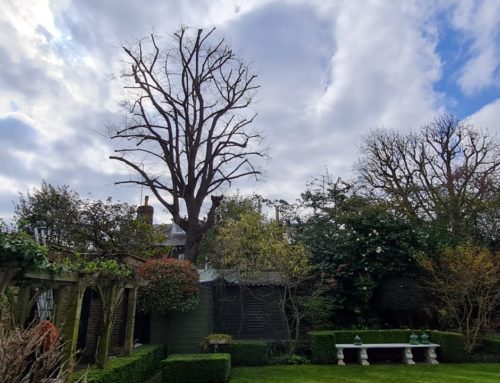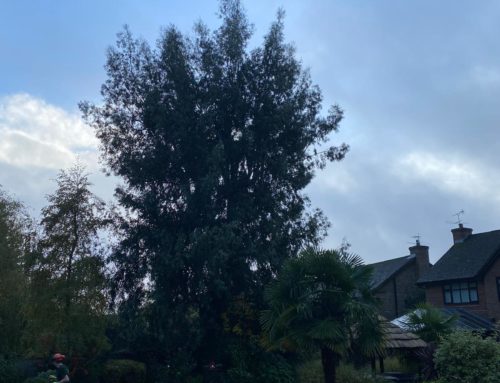Sweet chestnut blight, a disease that affects sweet chestnut trees, has been foundin South East London, the UK Government’s Chief Plant Health Officer has confirmed.
Action is being taken to identify and control the disease in line with the Government’s plant disease contingency plans. The Animal and Plant Health Agency (APHA) and Forestry Commission are carrying out extensive surveillance of sweet chestnut trees in the area, working closely with local stakeholders. Further action will be taken on the basis of surveillance information and the best available scientific evidence.
The disease, caused by the fungus Cryphonectria parasitica, causes foliage to wilt and die and cankers to develop on the tree surface, which may eventually kill the tree. Chestnut blight does not pose any risk to people, pets or livestock, and is only known to seriously affect sweet chestnut (Castanea) species.
Anyone who suspects Sweet chestnut blight should contact the Forestry Commission via its Tree Alert tool at www.forestry.gov.uk/treealert.
Andy Hall, Forestry Commission England’s Tree Health Team leader, said:
“When disease is identified, we take prompt action and activate our contingency plans to help mitigate the impact of the threat. The first stage in this plan is to survey the infected areas so we can gain a thorough understanding of the extent of the problem and how best to respond.
“We are working in collaboration with the local council and London tree officers with the vital support of the forestry industry to identify and tackle the disease.
“Anyone who has sweet chestnut trees in their garden or on their land, or who works with the trees, should check them for symptoms such as wilting leaves, diseased orange bark and cankers across the surface of the tree, and report any suspected sightings via the Forestry Commission’s Tree Alert tool.”
The UK is home to about 12,000 hectares of woodland where sweet chestnut (Castanea sativa) is the dominant tree species, mostly in southern England.
Sweet chestnut blight was first identified in the UK in southern England in 2011 but has been present in mainland Europe for nearly a century. The UK’s EU protections were strengthened in response, including a requirement that imported plants must originate from pest-free areas.
Speaking of further action people could take to curtail the spread of disease, Forestry Commission England’s Tree Health Team leader Andy Hall added:
“Good biosecurity is vital to reducing disease spread – anyone visiting or working in woodland should take care not to remove twigs, leaves and branches to avoid spreading the pest further. They should also clean their footwear, tools and machinery before moving locations.”
What are the symptoms?
- On whole tree: The fungus attacks the bark, cambium and wood of chestnut trees, entering through bark fissures, wounds and grafts. Rough, sunken cankers are typically formed as the bark dies, followed by stem girdling and bark splitting. There can be multiple cankers on a single tree and epicormic shoots usually develop below the cankers.
- On leaves: Girdling caused by the cankers leads to wilting and browning of leaves, which remain hanging on the tree.
- On stems: On young, smooth-barked branches, cankered bark is bright orange/brown. On older stems the infected bark often has a roughened appearance. Cankers (swollen or sunken) develop on the stems. Masses of pin-head sized yellow-orange to reddish-brown pustules develop on infected bark.
Full information about the disease, including pictorial guides to the symptoms, is available on the Forestry Commission website at www.forestry.gov.uk/chestnutblight. Disease can also be reported to the Plant Health Seeds Inspectorate on 01904 405138 or by email at planthealth.info@apha.gsi.gov.uk.

